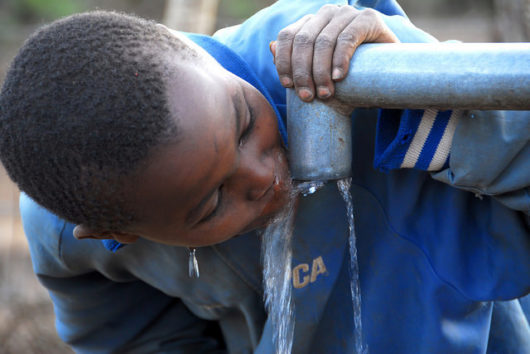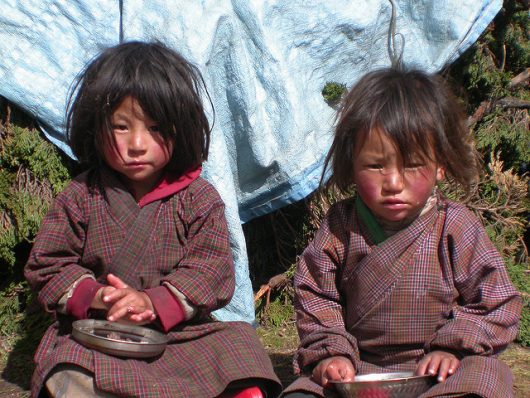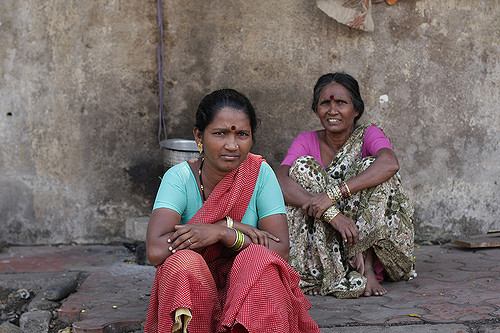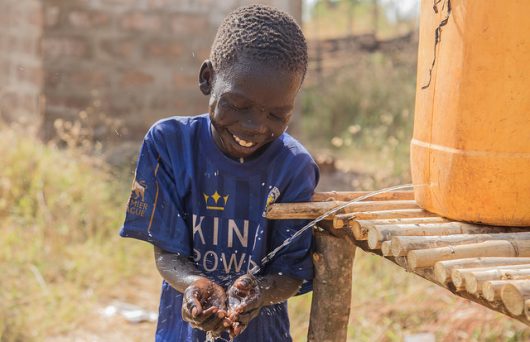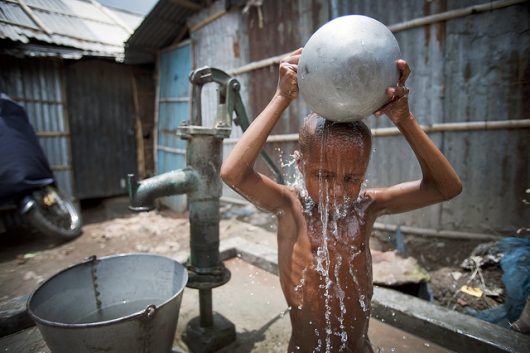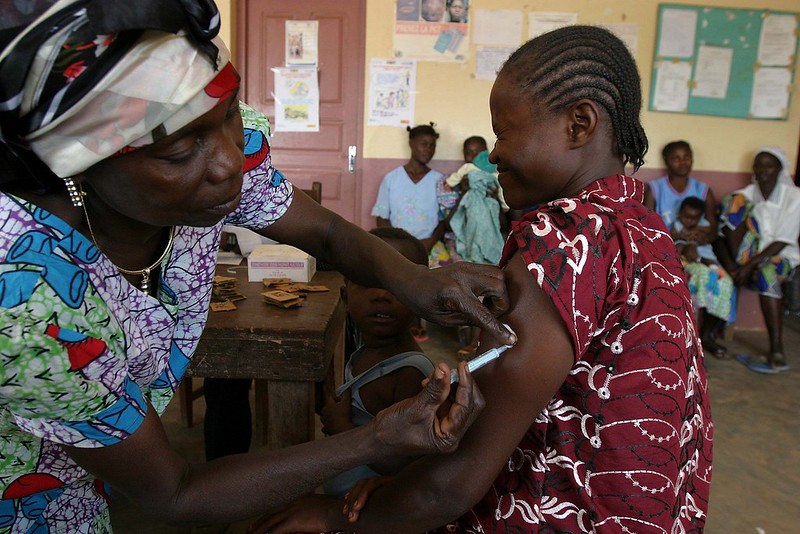 Prominent diseases that affect developing countries receive little donor funding due to their lack of presence in more developed nations. As a result, over one billion people living in developing nations become infected by diseases. However, the rate of infection is higher in developing, tropical countries. Neglected tropical diseases are caused by a variety of viruses, bacteria and parasites.
Prominent diseases that affect developing countries receive little donor funding due to their lack of presence in more developed nations. As a result, over one billion people living in developing nations become infected by diseases. However, the rate of infection is higher in developing, tropical countries. Neglected tropical diseases are caused by a variety of viruses, bacteria and parasites.
Neglected Tropical Diseases
Diseases such as malaria, HIV and tuberculosis that do not receive adequate attention or funding are known as neglected tropical diseases. According to the World Health Organization, more than two billion people are at risk of such diseases. Lack of treatment for these diseases can result in blindness, developmental disabilities and malnutrition.
Common Neglected Tropical Diseases
- Dengue fever: This disease is contracted through mosquitos, resulting in serious joint and muscle pain.
- Ascariasis: As a result of a parasitic worm and unsanitary conditions, this disease usually has mild symptoms. However, with a high amount of worm infestation, the side effects can be more severe. More serious symptoms include abdominal pains, vomiting and even death.
- Hookworm: This disease is contracted by walking barefoot on soil tainted with a significant amount of feces.
- Leprosy: This infectious disease can lead to permanent damage to the skin, nerves, limbs and eyes.
- Trachoma: This bacterial disease leads to scarring on the inside of the eyelid that can cause blindness if left untreated.
Neglected tropical diseases flourish in areas with high levels of poverty due to the lack of access to clean water and sanitation. Additionally, the detrimental effects of these diseases create a decline in school enrollment and limit work productivity.
Prevention Methods
The best way to fight neglected tropical diseases is through prevention. Here are some ways to prevent such diseases in developing countries.
- Improved sanitation: Clean access to water, improved food handling measures and better hygiene can prevent diseases such as guinea worm disease, schistosomiasis, soil-transmitted helminthiasis and trachoma.
- Controlling vectors: Diseases that are spread by hosts can be prevented by managing the vectors. One method is significant insecticide spraying in areas where vectors gather and reproduce, killing bacteria become hosts and carriers.
- Education programs: Educating people who are more vulnerable to these diseases greatly aids in prevention efforts. Through education programs, at-risk communities can learn how to limit the risk of infection. For example, communities can limit the number of diseases brought by mosquitoes by reducing standing water areas. Furthermore, sleeping under a bed net reduces the risk of contracting diseases carried by flies.
Bringing Awareness
Providing a platform to bring more awareness to neglected tropical diseases is vital in fighting them. The Neglected Tropical Diseases NGO Network, founded in 2009, provides opportunities for different NGOs to work together to find solutions to these diseases. The SCI Foundation, The Partnership for Child Development and Water Aid are just a few NGOs that are a part of the network.
Programs and Forums like The Neglected Tropical Diseases NGO Network play an essential role in gaining the attention and funding required to aid impoverished areas. Working to prevent these diseases also helps to reduce poverty. Millions of people suffer from these debilitating diseases, and spreading awareness is a small thing that can lead to big change.
– Celia Brocker
Photo: Flickr
 Billions of people around the globe lack consistent access to a safe water supply. Currently, over 40% of the world population struggles with water scarcity, and experts predict the situation will only worsen due to population growth and climate issues. Water scarcity not only
Billions of people around the globe lack consistent access to a safe water supply. Currently, over 40% of the world population struggles with water scarcity, and experts predict the situation will only worsen due to population growth and climate issues. Water scarcity not only 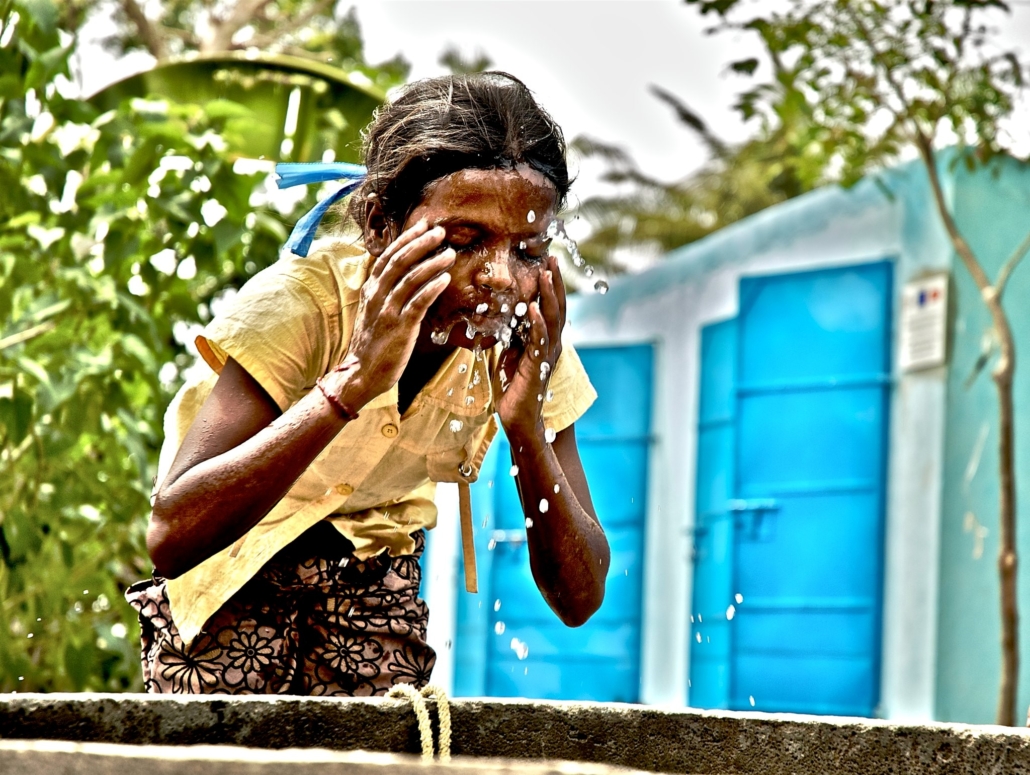
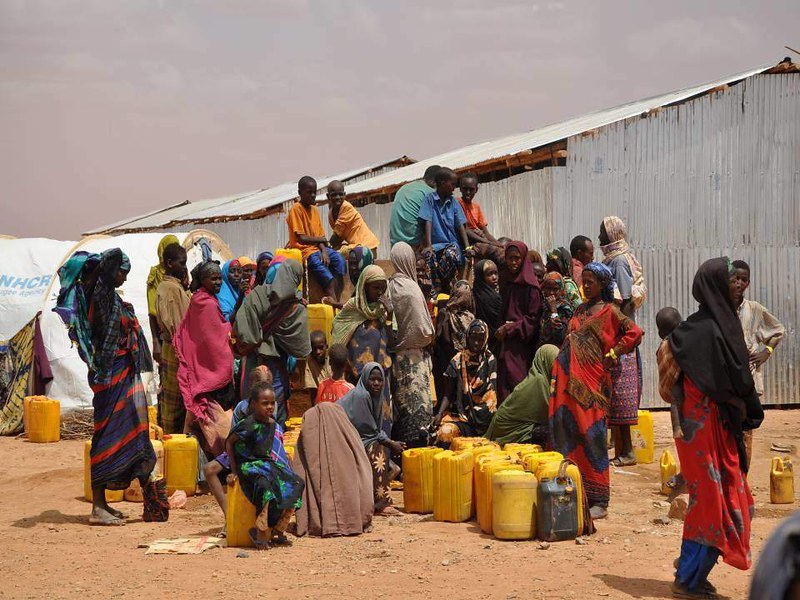 Water is essential to life, but unfortunately, there are people all over the world who do not have access to clean water. Pollution, poverty and weak infrastructure are often the causes of a lack of clean water. The world’s poor population has often been obligated to travel great distances in order to get clean water. Dirty water often leads to unsanitary conditions and the spread of disease. Thousands die each year from diseases due to a lack of clean water. Fortunately, a company called HYDRO Industries has a new way to provide water to those in need all over the world.
Water is essential to life, but unfortunately, there are people all over the world who do not have access to clean water. Pollution, poverty and weak infrastructure are often the causes of a lack of clean water. The world’s poor population has often been obligated to travel great distances in order to get clean water. Dirty water often leads to unsanitary conditions and the spread of disease. Thousands die each year from diseases due to a lack of clean water. Fortunately, a company called HYDRO Industries has a new way to provide water to those in need all over the world.